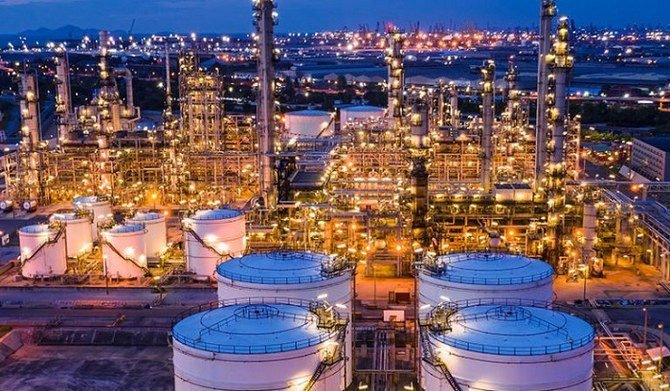Saudi Arabia, the world’s largest oil exporter, has decided to prolong its voluntary reduction in oil production by one million barrels per day until the next month, as reported by the Saudi Press Agency on Thursday. This extension, confirmed by an official source from the Ministry of Energy, aims to continue the voluntary cut and includes the entire month of September.
In addition to the current extension, the kingdom had previously announced a voluntary reduction in April, which will remain in place until December 2024, according to the Energy Ministry.
The production cut, initiated in July, may be subject to further extensions and deepening, as the ministry aims to uphold the stability and balance of oil markets.
During an OPEC seminar last month, Prince Abdulaziz bin Salman, the Saudi Energy Minister, asserted the group’s commitment to take all necessary measures to stabilize the oil market. He also mentioned that the output policy announced on June 4th was of significant magnitude, possibly difficult for some to fully comprehend.
OPEC is not expected to alter its output policy during its upcoming meeting on Friday. During the June 4 meeting, the group agreed to maintain its current production restrictions of 3.66 million bpd until the year-end.
Brent, which serves as a benchmark for two-thirds of the world’s oil, saw a 0.79 per cent increase to $83.86 a barrel at 5.53 pm UAE time on Thursday. Meanwhile, West Texas Intermediate, tracking US crude, rose by 0.93 per cent to $80.23 per barrel.
Earlier in the day, futures were down due to concerns about a potential US credit rating downgrade and a strong dollar, according to The National News.
Global Economic Forecast and Oil Demand
Last month, oil prices experienced their most significant monthly gain since early 2022, driven by decreasing crude inventories and OPEC’s supply cuts, while cooling inflation eased worries about aggressive interest rate hikes by central banks.
Recently, the International Monetary Fund slightly raised its global economic forecast for this year and the next, but acknowledged persisting challenges, despite being on a recovery path. The IMF revised its earlier projection for this year, increasing it by 0.2 percentage points to 3 per cent, though lower than the 3.5 per cent growth recorded in 2022, and expects a similar pace of growth in 2024.
Goldman Sachs reaffirmed its Brent forecast of $86 a barrel by December, and predicts prices to rise to $93 in the second quarter of 2024. The investment bank also raised its 2023 oil demand estimate by 550,000 bpd.
Swiss lender UBS anticipates Brent to trade between $85 to $90 a barrel in the coming months, attributing the recent price surge to OPEC’s voluntary output cuts and production disruptions in Mexico, Nigeria, and Libya.
The bank forecasts oil demand to exceed 103 million bpd in August, driven by increased consumption in China and India.


